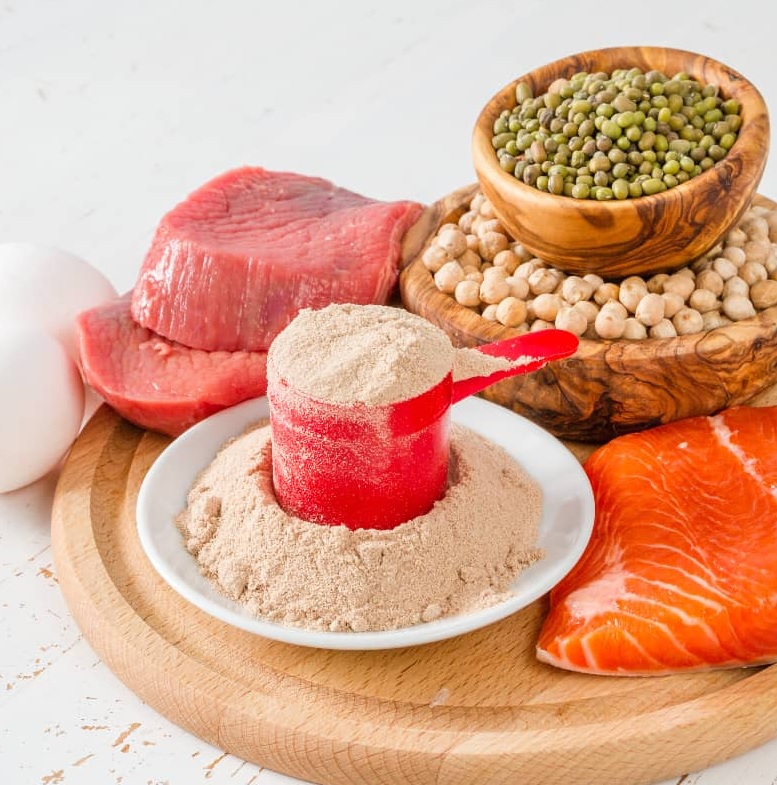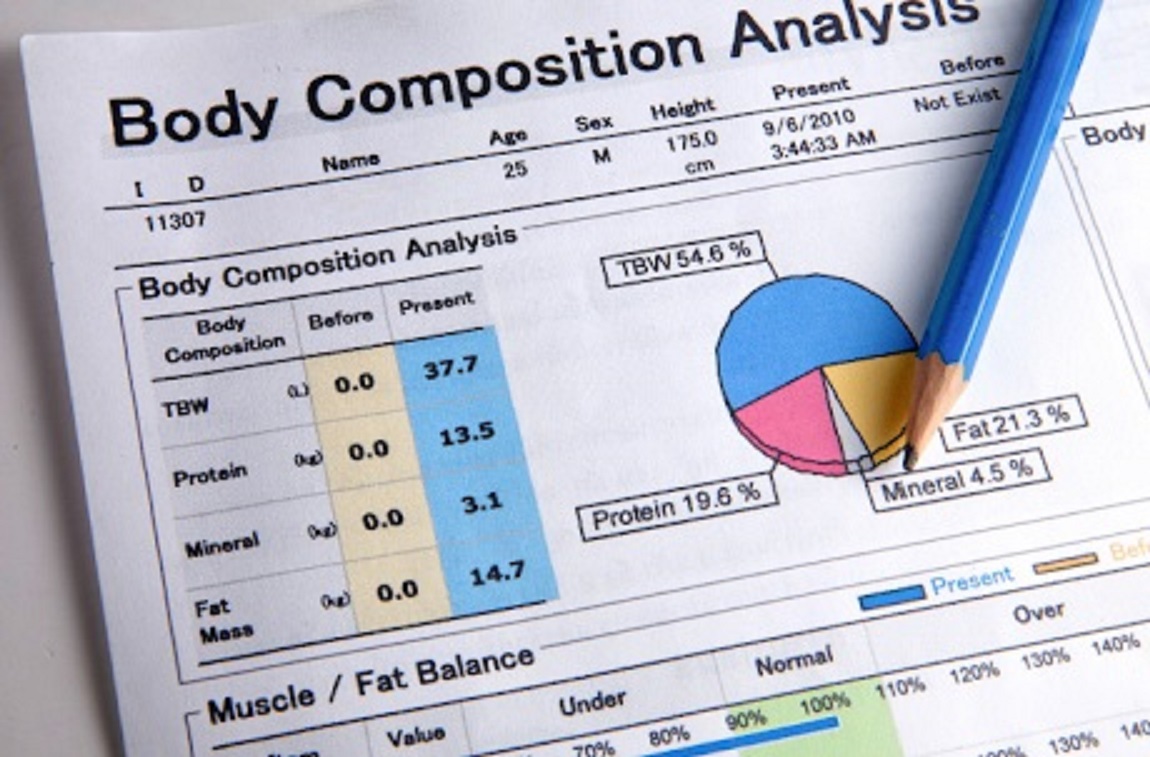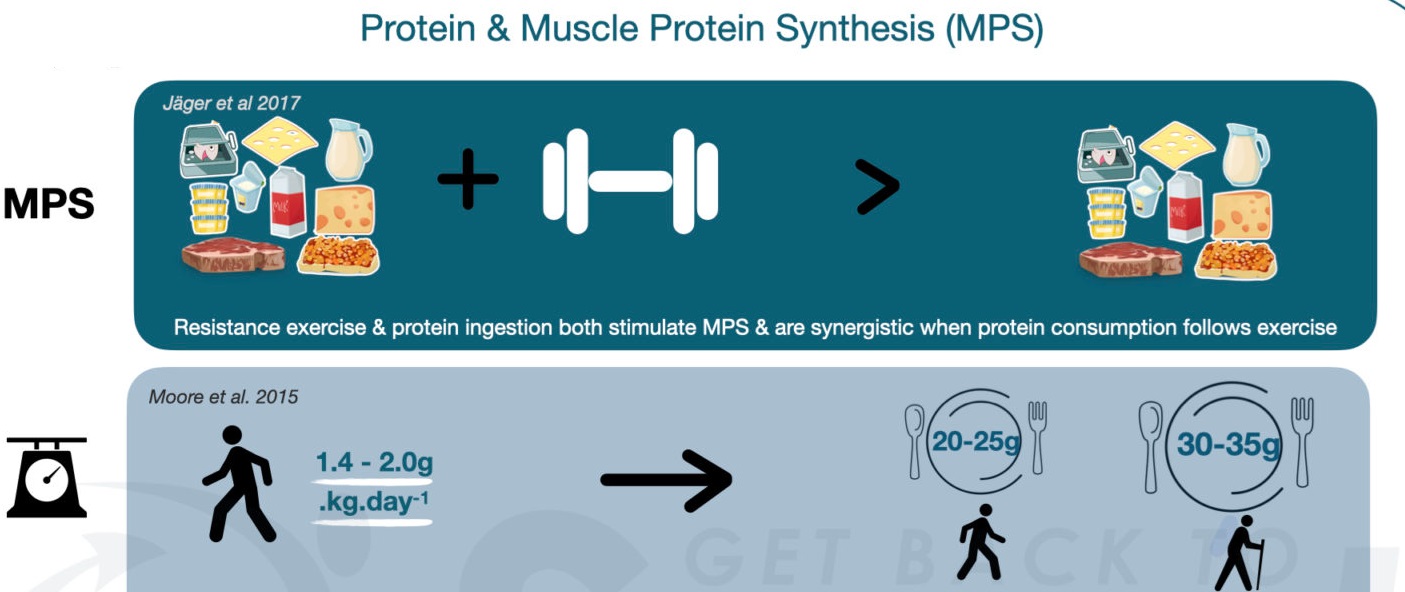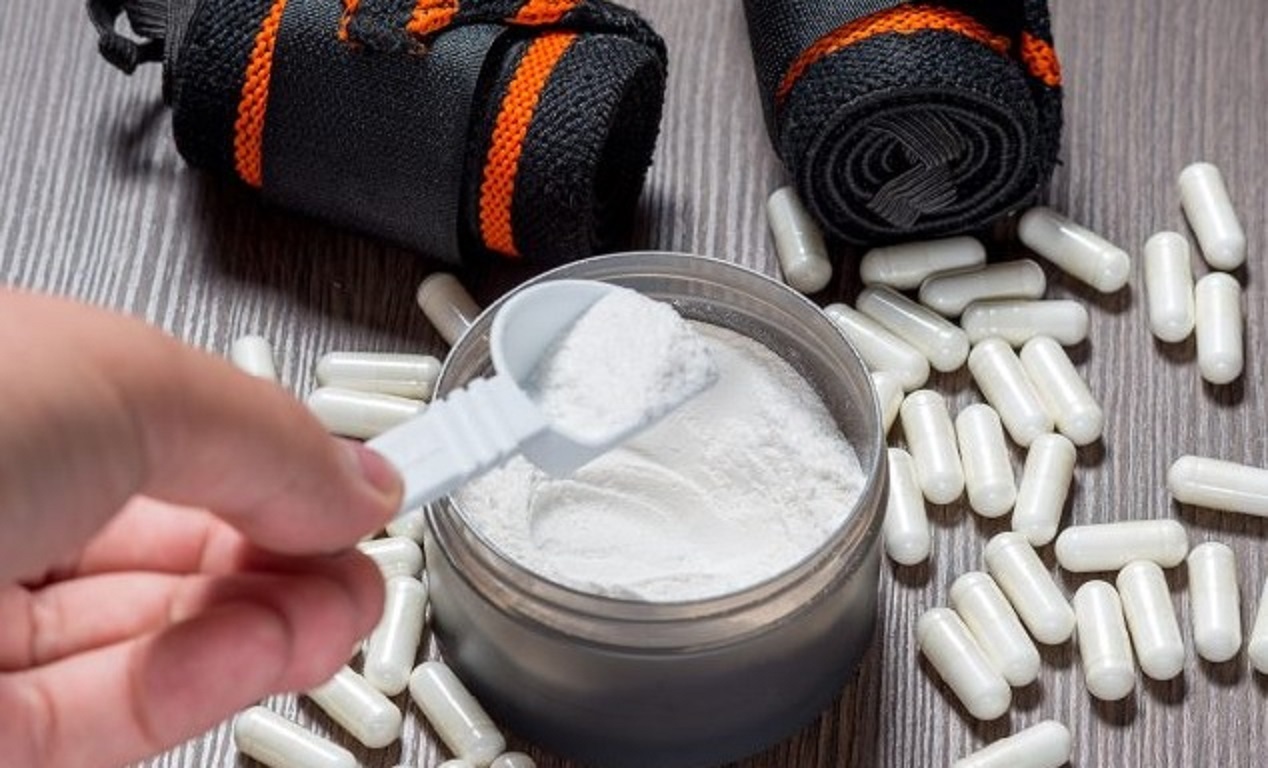- Today, we’re diving deep into the relationship between protein intake and muscle development. If you’re dedicated to building muscle and aiming for top-notch results in bodybuilding, you’re in the right spot.
- We’re all familiar with the essentials: when designing your macros, emphasize protein as the building block for muscle fibers, crucial for muscle development and growth.
- It not only fuels your muscle mass but also plays a significant role in metabolic performance. But let’s dive deeper.

- When you embark on the quest to define your optimal protein intake, it’s like stepping into a labyrinth of uncertainty. A barrage of perplexing questions surrounds you, each more confounding than the last.
- First, you’re confronted with the enigma of the maximum amount of protein your body can effectively harness in a single meal.
- The idea that you can absorb only 20-25 grams per meal is just the tip of the iceberg. So, what’s the real number for you?
- For those who crave pushing their limits, the next question emerges – can you biohack your body to elevate your protein absorption capacity?
- Digestive enzymes become a point of intrigue. Can they be the key to unlocking a higher threshold, allowing you to ingest more protein? This uncharted territory is full of potential, but is it a valid strategy?
- As you navigate this labyrinth of inquiries, the origin of your protein becomes a focal point.
- Does the type of protein source matter? The intricacies of amino acid profiles in different sources further complicate the puzzle. Can optimizing your protein choices lead to accelerated muscle growth?
- Another layer of complexity arises with the consideration of leucine, a branched-chain amino acid. Can this supplement be the secret ingredient to enhance muscle growth?
Our Journey: From Expert Insights to Personal Experiments
1. Exploring the Labyrinth of Knowledge
- Our quest for understanding is a journey through a labyrinth of complexity and ambiguity. We seek counsel from experts whose collective knowledge and extensive experiences guide the fitness community.
2. The Elusiveness of Certainty
- Yet, within the domain of evolving knowledge, we encounter a paradox – answers are often elusive and at times, contradictory.
- We confront the ultimate crucible of personal experimentation. What proves effective for one may not hold for another.
- The intricate interplay of factors such as body composition, age, and lifestyle contribute to the uniqueness of each individual’s journey.

3. The Lean Body Mass Conundrum
- The notion of using lean body mass as the foundation for determining protein intake seems theoretically sound. After all, it takes into account the amount of muscle that truly matters.
- However, the practical challenge here resides in the inherently subjective nature of self-assessment when it comes to body fat.
- Many individuals tend to have a distorted perception of their physique, often either underestimating or overestimating their body fat percentage.
- Consequently, solely relying on this self-assessment can lead to highly inaccurate protein intake calculations.
- As a result, using self-assessed lean body mass as the sole determinant for protein intake can be a precarious approach. The subjectivity inherent in these assessments introduces significant room for error, undermining the accuracy of protein intake calculations.
The Morning Advantage: When to Consume Protein
- Another intriguing theory – is the idea that protein intake in the morning could be more effective. While this notion is indeed fascinating, it further compounds the myriad questions we are left trying to understand.
- The hypothesis that morning protein intake might yield superior results introduces another layer of ambiguity to the already intricate puzzle.
- How does morning protein consumption affect muscle growth, energy levels, and overall metabolic function? Does it significantly differ from protein intake at other times of the day? Is there a “golden window” of opportunity in the early hours that we should exploit?
- To gain a comprehensive understanding of protein intake, we must consider a multitude of factors, from the distribution of protein throughout the day to the choice of protein sources and supplements.
- Research is a treasure trove, but it’s a bit like watching paint dry. Many studies contradict each other, and sometimes researchers throw up their hands, saying, “We have no idea.” But fear not, we’ve extracted some valuable insights.
Max Protein per Meal: It Depends
- The notion that your body can only absorb a fixed amount of protein per meal has long circulated in the fitness community. It’s often cited that this magical limit is somewhere around 20-25 grams, beyond which excess protein supposedly goes to waste. While this theory might provide a convenient rule of thumb, the reality is far more nuanced.

- To begin with, age emerges as a pivotal factor that influences your body’s protein utilization. Young and active individuals may indeed benefit from a protein intake ceiling of 20-25 grams per meal.
- Surprisingly, your body mass plays a substantial role in this equation.
- As a larger individual, your potential protein intake per meal is amplified. Imagine, for a moment, a person weighing 250 pounds. According to research findings, their capacity for protein absorption may extend to a staggering 55 grams per meal.
- This revelation unravels the rigid constraints previously imposed by the 20-25-gram rule.
- It underscores the importance of an individualized approach to protein intake, tailored to your unique characteristics. Suddenly, the shackles of restraint fall away, and you’re free from the self-imposed limitations. The bottom line? There’s no need to restrict yourself to a predefined protein cap per meal.
BCAAs: Not Much to Brag About
Branched-chain amino Acids, or BCAAs, have long been associated with muscle building and are frequently included in the supplement regimen of athletes, bodybuilders, and fitness enthusiasts. But what’s the real deal with BCAAs?
The Anabolic Connection: Leucine’s Role
- Leucine, one of the BCAAs, often takes the spotlight when it comes to muscle building. This amino acid is thought to trigger muscle protein synthesis, the process responsible for muscle repair and growth.

- Some studies suggest that leucine can activate an anabolic pathway, mTOR, which, in turn, stimulates muscle protein synthesis. However, it’s essential to understand that while leucine plays a significant role, it’s just one piece of the muscle-building puzzle.
The Whole Protein Perspective
- It’s important to emphasize that no single amino acid, including leucine, can work its muscle-building magic in isolation. Instead, muscle growth is a complex process that relies on the presence of all essential amino acids.
- Whole protein sources like lean meats, poultry, fish, eggs, and dairy naturally provide the full spectrum of amino acids required for muscle protein synthesis. Therefore, focusing on a well-balanced diet rich in whole protein sources is fundamental for muscle building.

Pre- and Post-Workout BCAAs
- Another application of BCAAs is related to the “anabolic window.” This concept suggests that consuming BCAAs before and after a workout can boost muscle protein synthesis, repair muscle tissue, and support recovery.
Situational Use of BCAAs
- BCAAs can be particularly beneficial in specific scenarios. If you’re training in a fasted state or under caloric restriction, BCAAs can help prevent muscle breakdown and provide an energy boost for your workouts.
- Additionally, for those struggling to meet their daily protein needs through whole foods, BCAAs can act as a supplemental protein source.
The Anabolic Window: It Exists!
- The concept of the “anabolic window” suggests that there is a specific period around your workout when your body is more receptive to nutrients, particularly protein.

- During this time, it is believed that your muscles can benefit significantly from the intake of essential nutrients, ultimately supporting muscle growth and recovery. But don’t fret if you go a little over, as there’s little downside.
Pre-Workout Protein Intake
- Consuming protein before your workout, typically 20-40 grams, provides your body with amino acids that are readily available during exercise. This can help prevent muscle protein breakdown during your training session and provide a source of energy.
- The choice of protein source can vary, but whey protein, a fast-digesting protein, is often preferred due to its quick absorption.
Post-Workout Protein Intake
- After your workout, your muscles are in a state of increased sensitivity to nutrients, especially amino acids. Providing them with 20-40 grams of protein immediately following your training session can help kickstart the muscle repair and growth process. This practice is thought to enhance muscle protein synthesis, aiding in recovery.

- It’s important to note that the recommendations for pre-and post-workout protein intake can vary depending on an individual’s body weight, goals, and the intensity of their workout.
- Some athletes and bodybuilders may require higher protein intake, while those with different fitness goals might adjust their protein consumption accordingly.
- While the “anabolic window” concept has been widely accepted and practiced in the fitness community, recent research suggests that the window might be more extended than initially thought.
- Ensuring a consistent intake of protein throughout the day from various sources is equally important.
Your Personal Experiment:
- When it comes to reaching your fitness goals, there’s no one-size-fits-all solution.
- It’s not merely about adhering to rigid numbers and dogmas. Instead, it’s about taking the reins of your journey and conducting personalized experiments.
Here are some fundamental principles to guide you:
- High-Quality Protein: Ensure you prioritize high-quality protein sources in your diet. Opt for lean meats, poultry, fish, eggs, dairy, and plant-based options such as legumes, tofu, and tempeh.
- Protein in a Caloric Deficit: If you’re in a calorie deficit, place a considerable focus on protein. It not only helps with muscle preservation but can also support feelings of fullness and overall satiety.
- Pre and Post-Workout Nutrition: Give more thought to your pre and post-workout nutrition. Carbohydrates can be beneficial before a workout to provide energy, while post-workout, protein can aid muscle recovery.
- Branched-Chain Amino Acids (BCAAs): Although BCAAs might not be a magic solution, they can still be a valuable addition to your regimen for their potential benefits. It’s important to prioritize health and make informed decisions when considering supplements such as BCAAs.
- Max Protein Per Meal: Remember that the maximum protein you can utilize per meal isn’t set in stone. It depends on various factors such as age and body mass. Don’t limit yourself unnecessarily.
- Anabolic Window: While the concept of the “anabolic window” suggests specific protein intake before and after workouts, remember that a consistent intake of protein throughout the day is equally vital.
- Start Your Experiment: Above all, recognize that your fitness journey is a personal one. What works for someone else might not work for you. Experiment, track your progress, and adapt your approach based on your body’s unique responses.
In the world of fitness and muscle building, there are no absolutes, only guidelines and principles. The path to your goals may not be a straight line, but through self-discovery, experimentation, and perseverance, you can sculpt the results that are uniquely your own. Your fitness journey is ultimately a quest to understand your body’s responses, and in this endeavor, you are both the scientist and the subject of the experiment.









